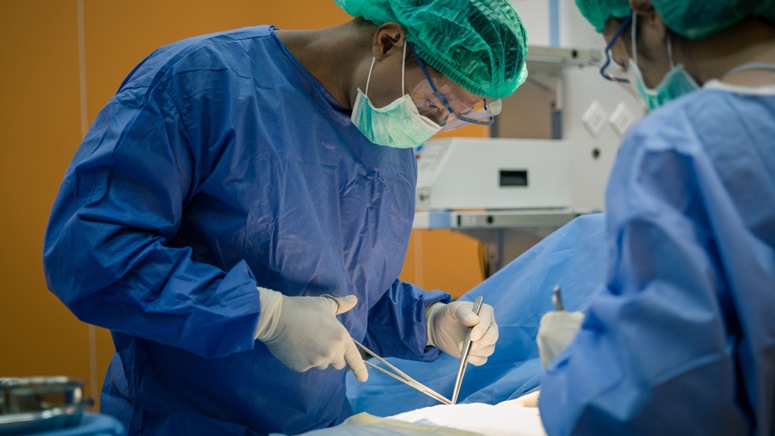Surgery

Surgery is often recommended for aortic aneurysms 1.9 inches or more in size and aneurysms that are enlarging rapidly. Unruptured aneurysms that cause uncomfortable symptoms like pain may also be treated surgically.
There are two main surgical procedures: open surgery and endovascular repair.
Open surgery
Both open-chest [9] and open abdominal surgeries [10] involve similar procedures. The surgeons remove the damaged part of the aorta and replace it with a synthetic tube or graft that is sewn into place. You may take a month or may to recover from this surgery.
People with Marfan syndrome may require an aortic root replacement during open-chest surgery. This involves the removal of a part of the aorta and/or the aortic valve and replacing it with a graft. If the valve is removed, surgeons replace it with a mechanical or biological valve. This procedure is called a valve-sparing root repair if the valve is not removed.
Endovascular repair
This procedure is less invasive. Doctors thread a synthetic graft up to your aorta [11] through an artery in your leg. This graft is sent up using a catheter to the site of the aneurysm where it is expanded and fastened into place. The graft is used to support the weakened part of the aorta so it does not rupture.
Not everyone is a suitable candidate for this surgery. If you receive an endovascular repair, you will need to be constantly monitored to make sure the graft is not leaking.









